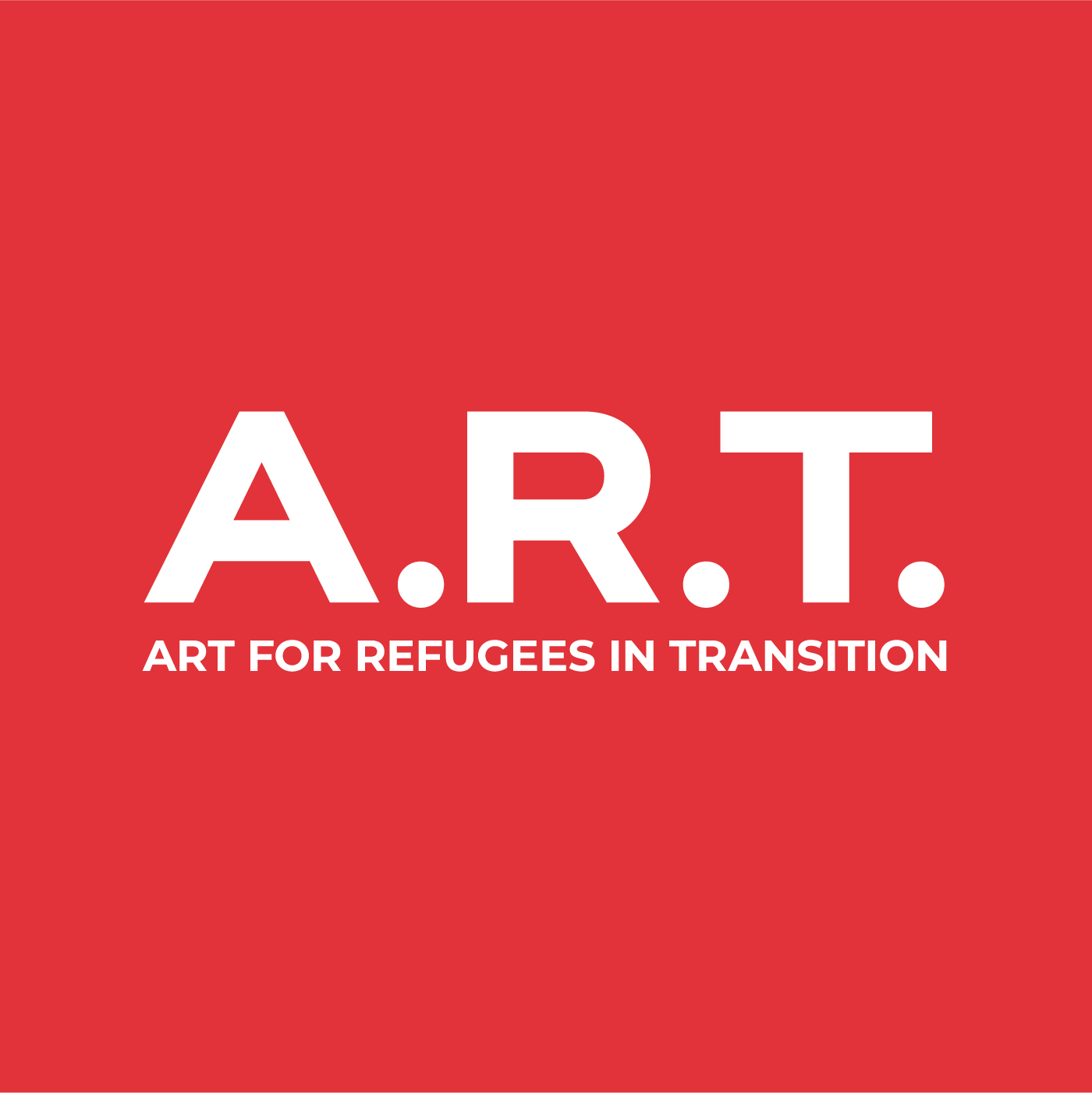“A child is supposed to be growing up protected from the world. They should be playing and learning. If your life is interrupted so fundamentally, you are denied the basics needed to grow up healthy.”—Francis M. Deng, United Nations representative on internally displaced people.
Mission
Art for Refugees in Transition (A.R.T.) helps rebuild individual and community identity for refugees worldwide. Drawing upon the indigenous art forms of each community, A.R.T.s programs are designed to enable the elders of a culture to educate and incorporate the younger generation in their cultural traditions. By developing self-sustaining curricula and training programs, A.R.T. engages children and adults in visual, performing and creative arts drawn from their own cultures.
History
ART was conceived in 1999, as a response to the ongoing turmoil in the Balkans. Refugees fleeing the raging warfare were flooding into safe towns. A.R.T.'s founder, Sara Green, earned her MBA at Columbia University with the idea of applying business model skills to the world's refugee populations. Every child loves to sing and dance, to play and feel free, yet she saw fear and hopelessness in the faces of children who had had their childhoods stolen away. Sara's hope was that, by finding their childhood through their unique ethnic expression, these children could become more than lost refugees. In 2001, she went to Kosovo to work with these children. After several years of research and development, A.R.T.'s initial program was launched in two Burmese refugee camps in Thailand in 2003. Since then, A.R.T. has reached refugees in Colombia, Egypt, Jordan and Israel.
Goals
“Over seven million refugees have lived in camps for 10 years or more.” —43rd World Refugee Survey, U.S. Committee for Refugees.
Long after international relief organizations have provided food, clothing, shelter, medical care and sanitation, hapless refugees so often languish in camps that are little more than human warehouses. Once basic relief is provided, the refugees need help to create and maintain their sense of community, and to prepare them to get on with their lives in a strange country. Here is where A.R.T. steps in, developing a specific curriculum for each group that is based on the refugees’ own indigenous arts, helping them to re-establish intergenerational relationships rooted in their own culture, and thus giving them the impetus and tools to rebuild their communities. A.R.T.’s programs are designed to transform the lives of children and adults living in refugee communities in a number of ways:
Cultural preservation – Away from their home towns and villages, refugees are in danger of losing their indigenous customs and culture and with that their group identity, thus leaving their children with an even more impoverished future.
Personal development – Children will benefit both from keeping their culture alive and from the self-expression and healing that will emerge from their involvement with their community’s arts. Being part of a community can positively affect the self-esteem of the children who participate and can bestow a sense of prestige from the privilege of being entrusted with valuable cultural traditions. Additionally, it helps empower them, training the children to take on future leadership roles. Adults, especially the elders, in turn find new purpose in passing on their traditions to the children. Our experience has shown overwhelming enthusiasm from all who have participated.
Community building – The refugees themselves decide which art forms will be taught and passed on to the youngsters. A.R.T. merely acts as a facilitator, with the interests of the children as its primary focus. Adult artists in each community are trained by A.R.T. staff to implement the program, thus helping to establish respect by the younger generations for the tribal elders, to rebuild intergenerational relationships, and to encourage the refugees to recapture the roots of their community.

